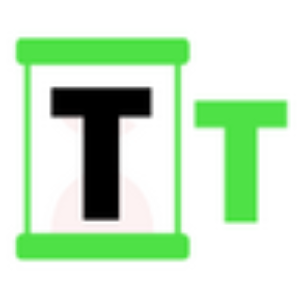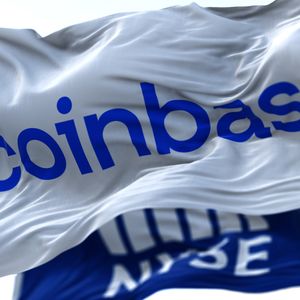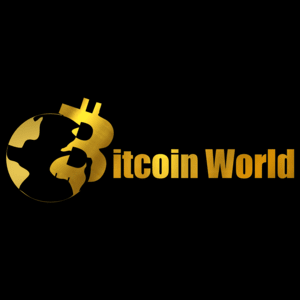Introduction to XRP DeFi: Here’s What’s Waiting to Unlock
4 min read
XRP, with a market capitalization nearing $128 billion, remains one of the largest digital assets that does not natively support smart contracts. It has earned its reputation for enabling low-cost, near-instantaneous cross-border payments . As the ecosystem matures, an increasing push to extend XRP’s utility through decentralized finance (DeFi) infrastructure could transform the token’s role within the broader blockchain economy. A New Phase: Expanding XRP Utility in 2025 The demand for regulated and efficient ways to gain DeFi exposure to XRP is rising, driven by individual users and institutions. This growing interest comes amid several developments, including the U.S. Securities and Exchange Commission halting its case against Ripple, Ripple’s stablecoin RLUSD surpassing $300 million in market cap, and persistent speculation around the possible launch of XRP-based exchange-traded funds (ETFs). These factors suggest that 2025 could mark a pivotal point for the evolution of XRP’s ecosystem. While XRP’s core use case as a payments asset remains strong, its holders now seek more robust ways to participate in decentralized finance: opportunities such as lending, yield farming, trading, and staking. The ecosystem requires infrastructure that supports secure, composable DeFi tools to enable this transformation DeFi Limitations on XRPL Although the XRP Ledger was designed to optimize payment efficiency, it lacks the native capabilities for advanced DeFi applications. The architecture does not support Ethereum Virtual Machine (EVM) or general-purpose smart contracts. This restricts deploying decentralized exchanges (DEXs), lending markets, and other DeFi protocols directly on XRPL. While an automated market maker (AMM) exists, the range of available tools remains narrow compared to what XRP’s market position warrants. Leveraging Flare for XRPFi XRP must tap into more interoperable, smart contract-enabled blockchains to overcome these technical constraints. Flare provides this capability. As a Layer 1 network built with native EVM support and enshrined data protocols, Flare allows non-smart contract tokens like XRP to be used trustlessly in decentralized applications. Flare has prioritized this vision since its inception. The platform is positioned as the foundation for “XRPFi”—a decentralized finance environment specifically designed to maximize the potential of XRP as a financial asset. With the necessary infrastructure now live, XRPFi is entering an operational phase. Stablecoin Liquidity with USD₮0 A critical component of any DeFi system is access to stable, interoperable liquidity. On Flare, this is facilitated through USD₮0, an omnichain stablecoin that maintains a 1:1 peg with Ethereum-based USDT. Using LayerZero’s OFT (Omnichain Fungible Token) standard, USD₮0 can be transferred across blockchains without custodial bridges, reducing risks and increasing usability. USD₮0 has already been integrated with several major ecosystems like Arbitrum and Optimism and continues to expand across centralized exchanges. This makes it a practical liquidity foundation for XRPFi. When paired with XRP, USD₮0 enables lending, trading, and liquidity provision with low slippage and high capital efficiency. Composability via FAssets and FXRP Flare’s FAssets protocol makes it possible to bring XRP and other non-smart contract assets into the DeFi space in a decentralized manner. Through this system, XRP is represented as FXRP, a token that mirrors the value of XRP while gaining EVM compatibility. Once converted, FXRP can be used across any DeFi application on the Flare network. With the version 1.1 upgrade to FAssets, users can mint more FXRP as new collateral enters the system. This lays the groundwork for participating in newer financial sectors, including restaking. As liquidity grows, so does the usability of FXRP across DeFi protocols. We are on twitter, follow us to connect with us :- @TimesTabloid1 — TimesTabloid (@TimesTabloid1) July 15, 2023 DeFi Growth on Flare In the past year, Flare has seen significant expansion. From February 2024 to February 2025, total value locked (TVL) increased by over 400%. In the last week alone, the stablecoin market cap on Flare rose by 1600%, including $60 million of newly minted USD₮0. This trend reflects a broader acceleration of DeFi activity, supported by integrations with wallets like Bifrost and Oxenflow that enable seamless XRP participation. The different pieces of this ecosystem form a feedback loop that accelerates the growth of XRPFi. USD₮0 supplies stable liquidity. FXRP enables smart contract access. Together, they create deeper trading pools, improved market efficiency, and more user engagement. As activity grows, so do yields and opportunities for real-world XRP use. Outlook for XRP DeFi The launch of products like USD₮0 and FXRP, combined with the maturation of Flare’s infrastructure, marks a new phase in XRP’s development. Institutional and retail holders now have tools to deploy XRP in a fully decentralized, composable environment. This shift increases the token’s utility and positions XRP for a central player in the next wave of DeFi innovation. Disclaimer : This content is meant to inform and should not be considered financial advice. The views expressed in this article may include the author’s personal opinions and do not represent Times Tabloid’s opinion. Readers are urged to do in-depth research before making any investment decisions. Any action taken by the reader is strictly at their own risk. Times Tabloid is not responsible for any financial losses. Follow us on X , Facebook , Telegram , and Google News The post Introduction to XRP DeFi: Here’s What’s Waiting to Unlock appeared first on Times Tabloid .

Source: TimesTabloid



